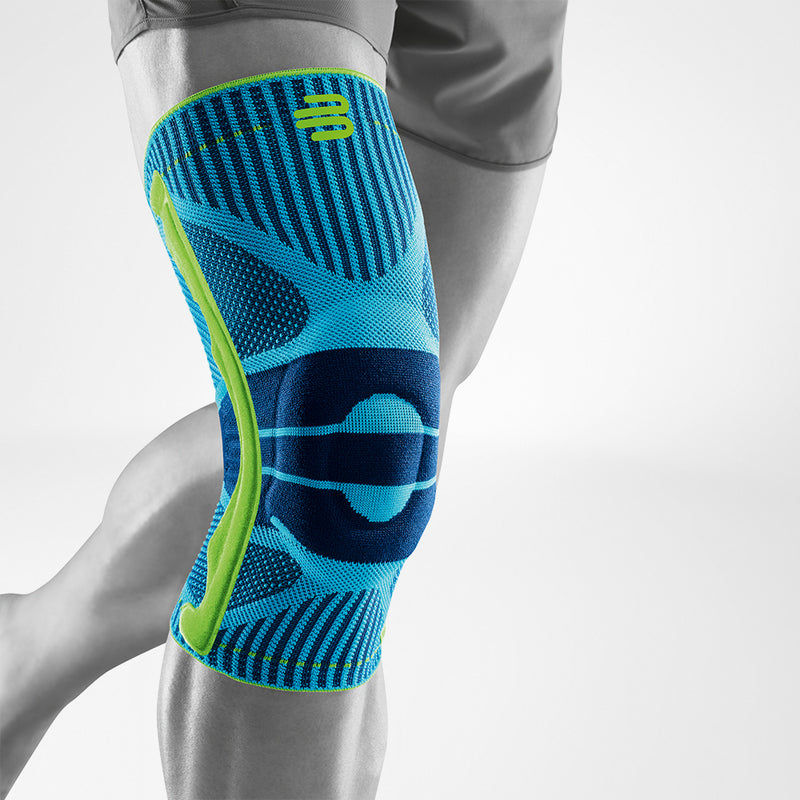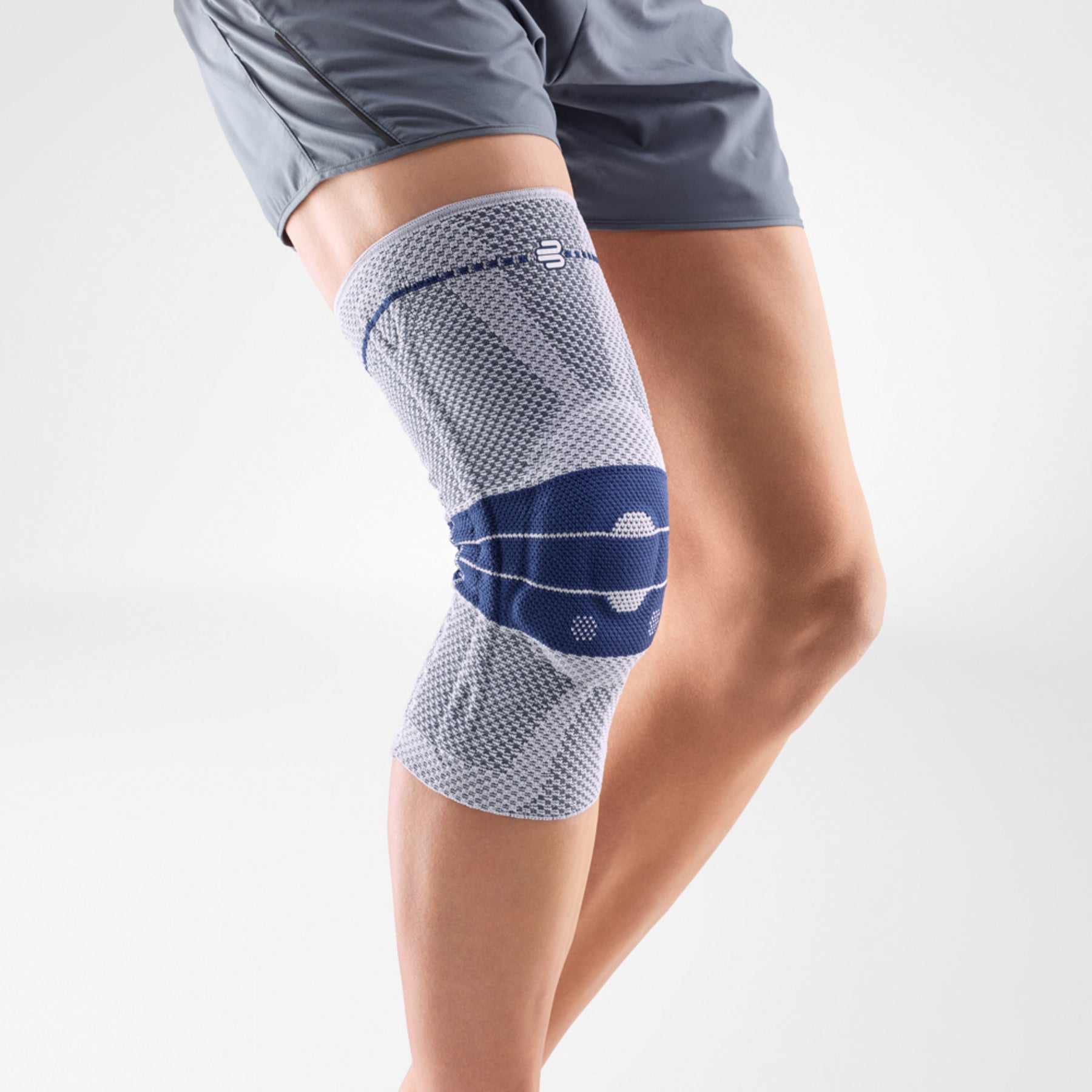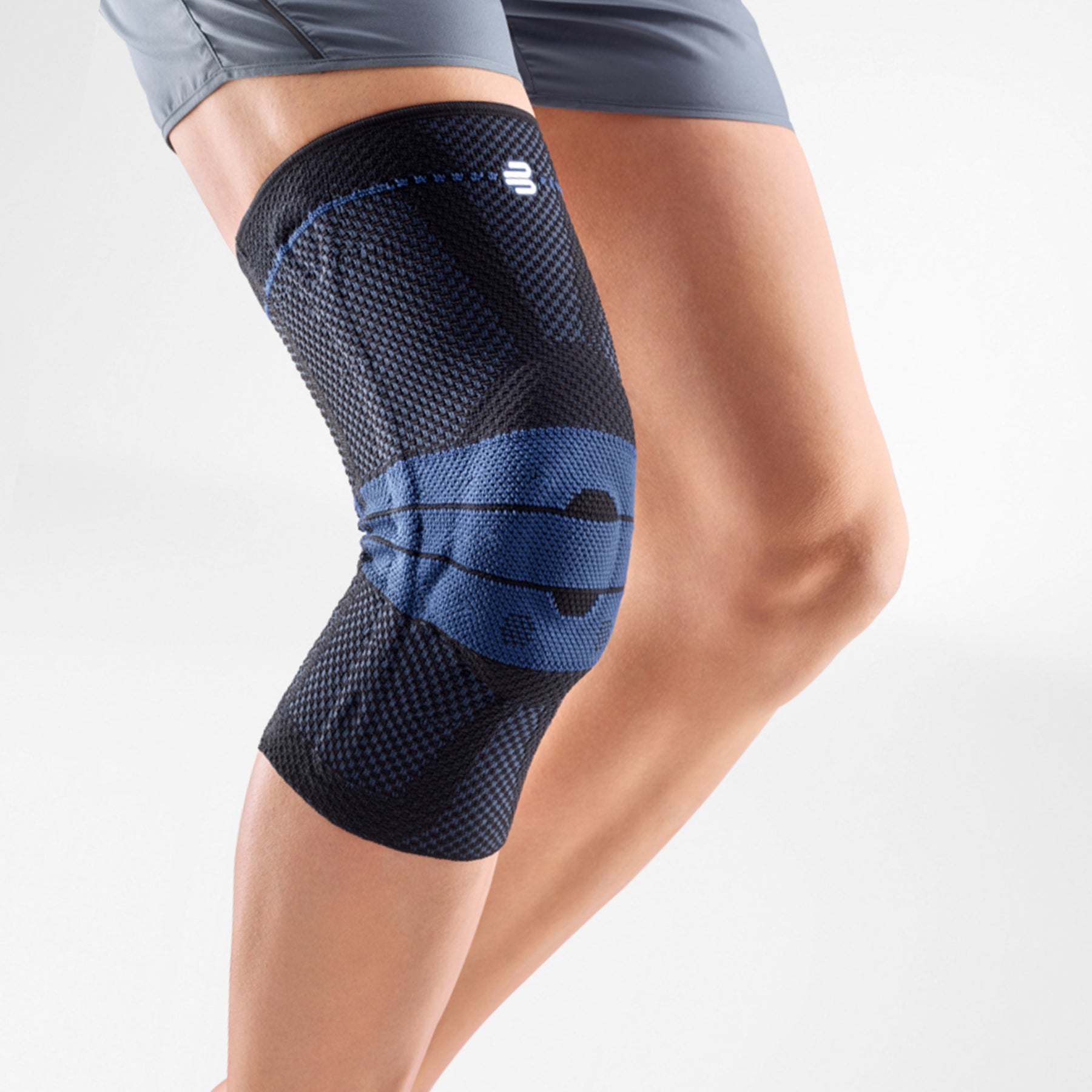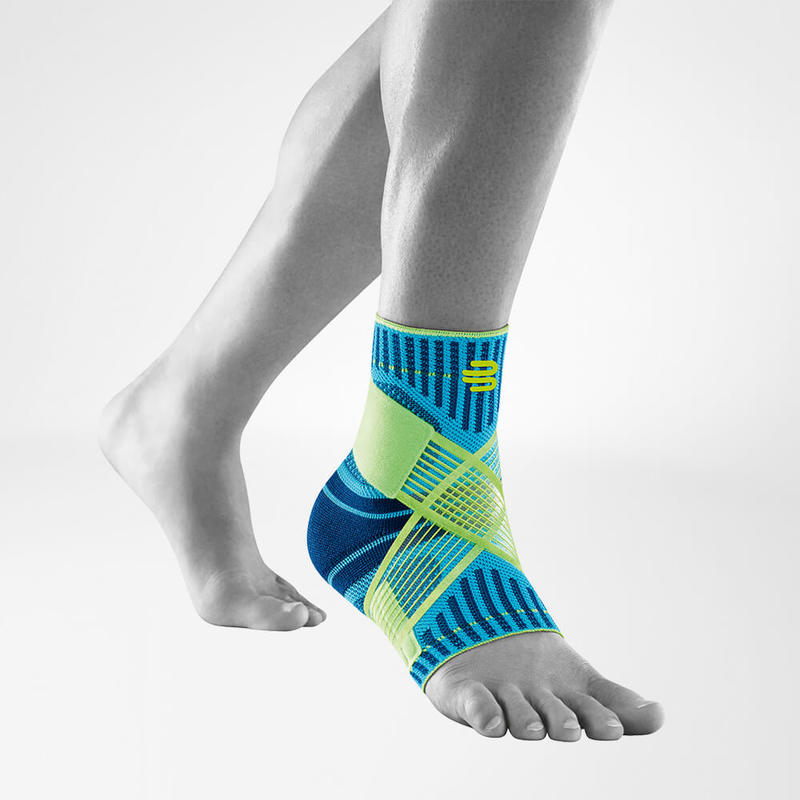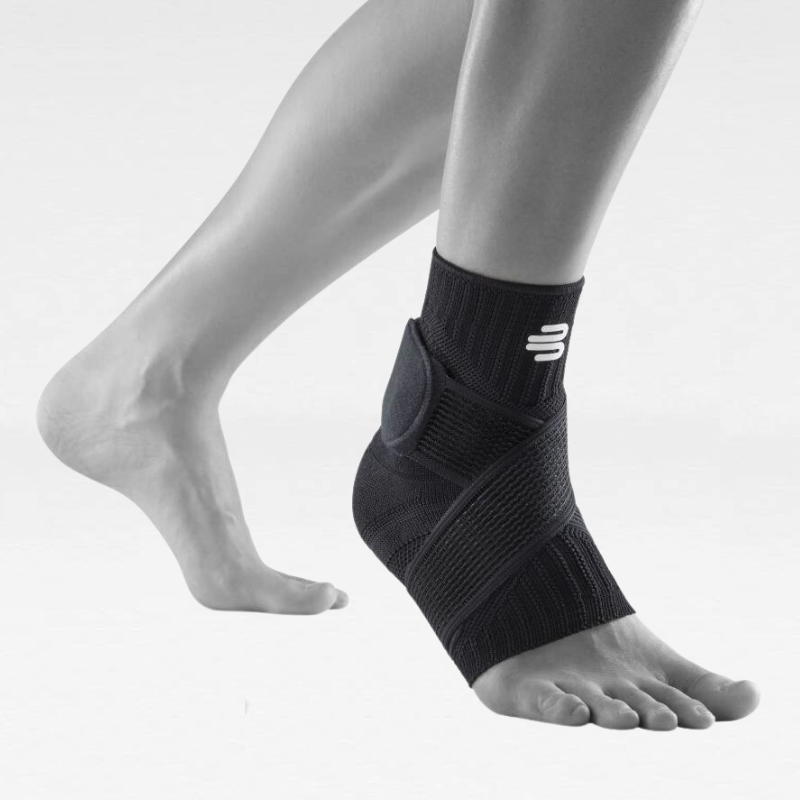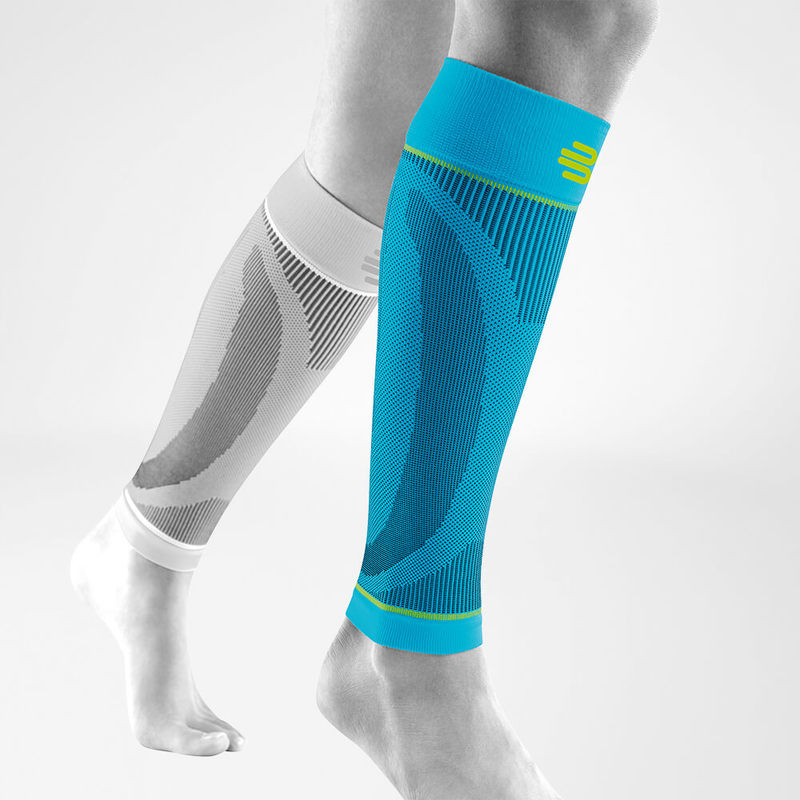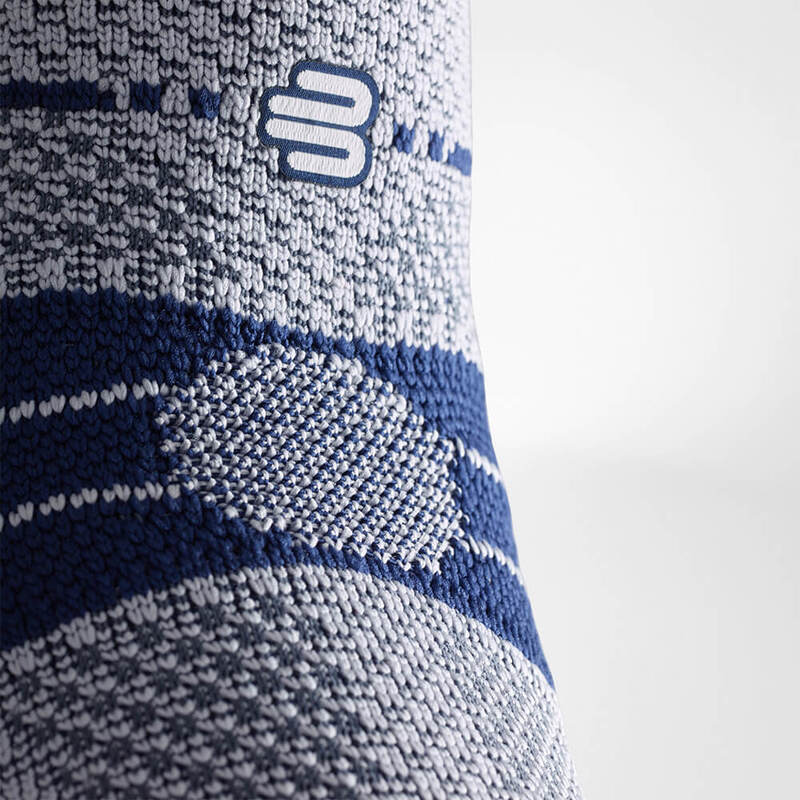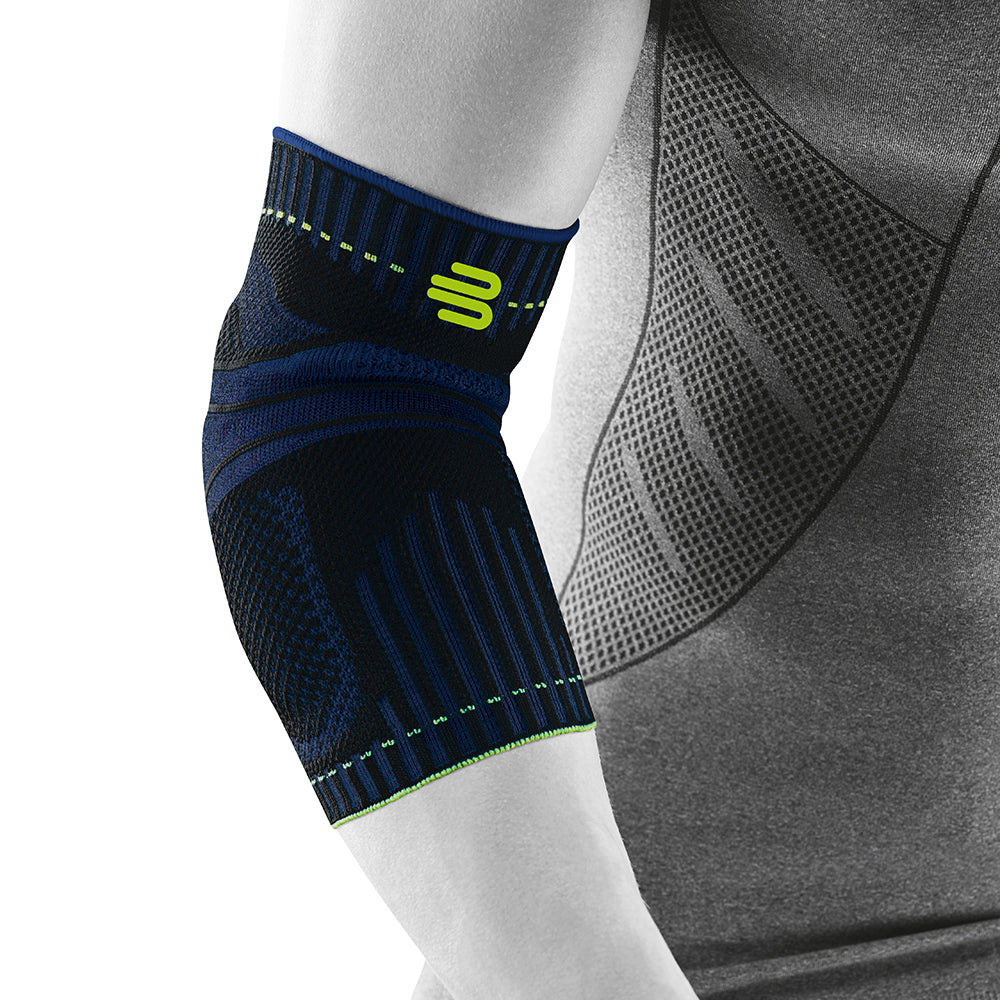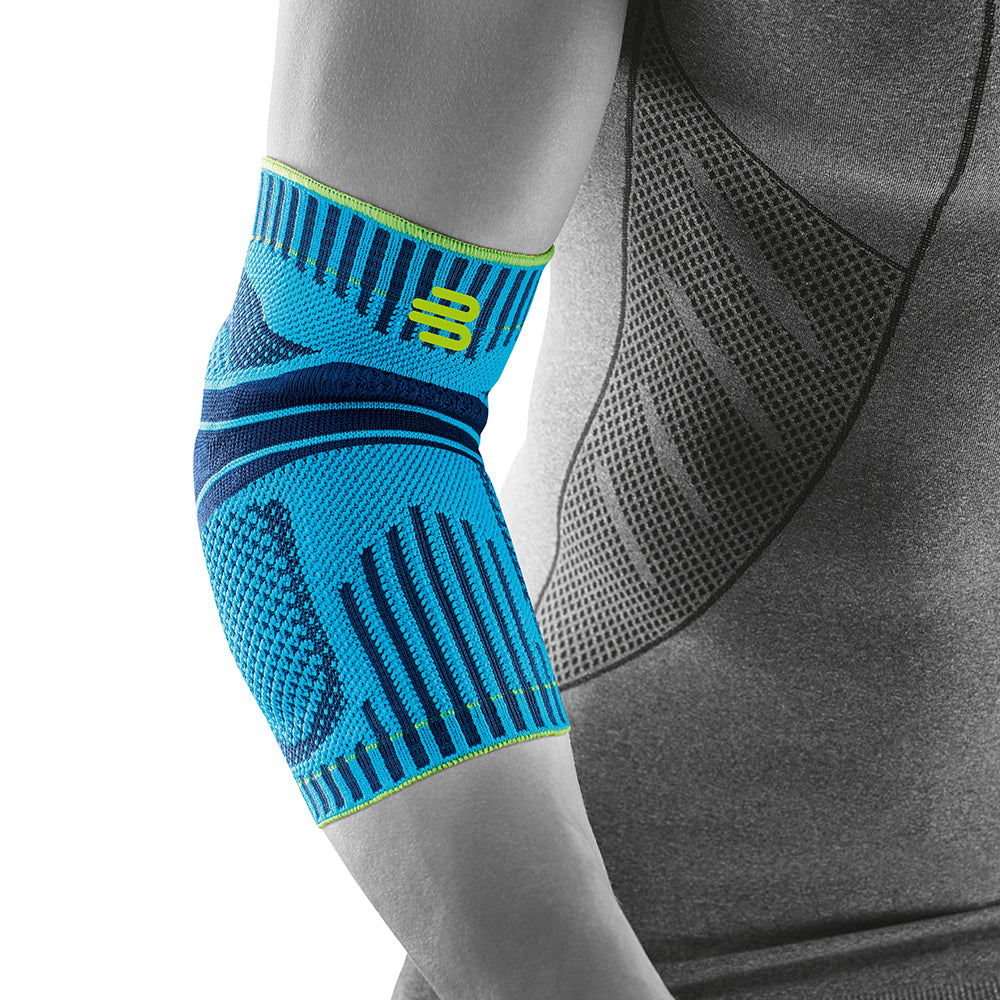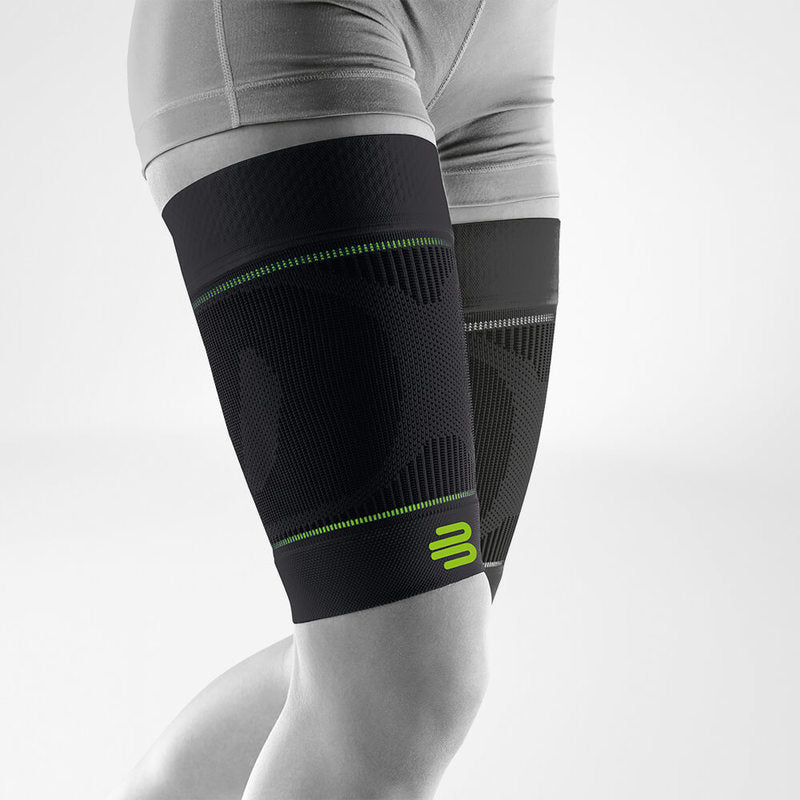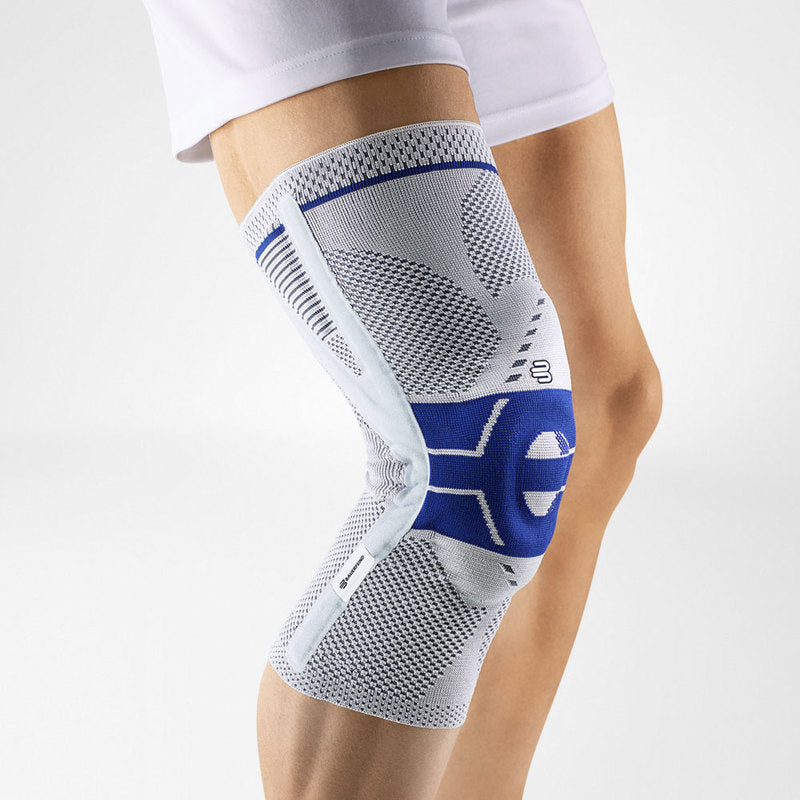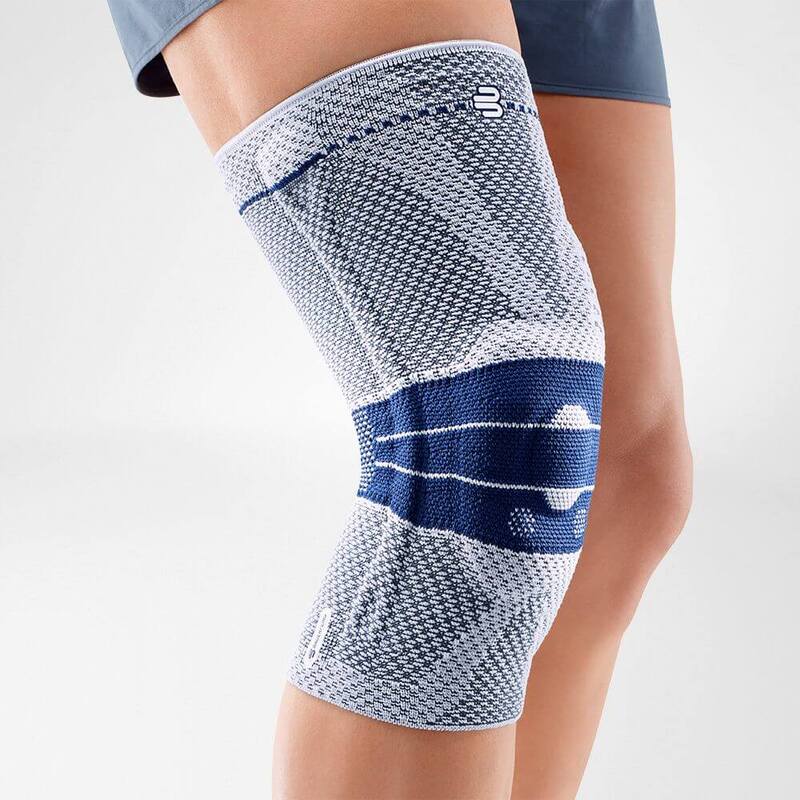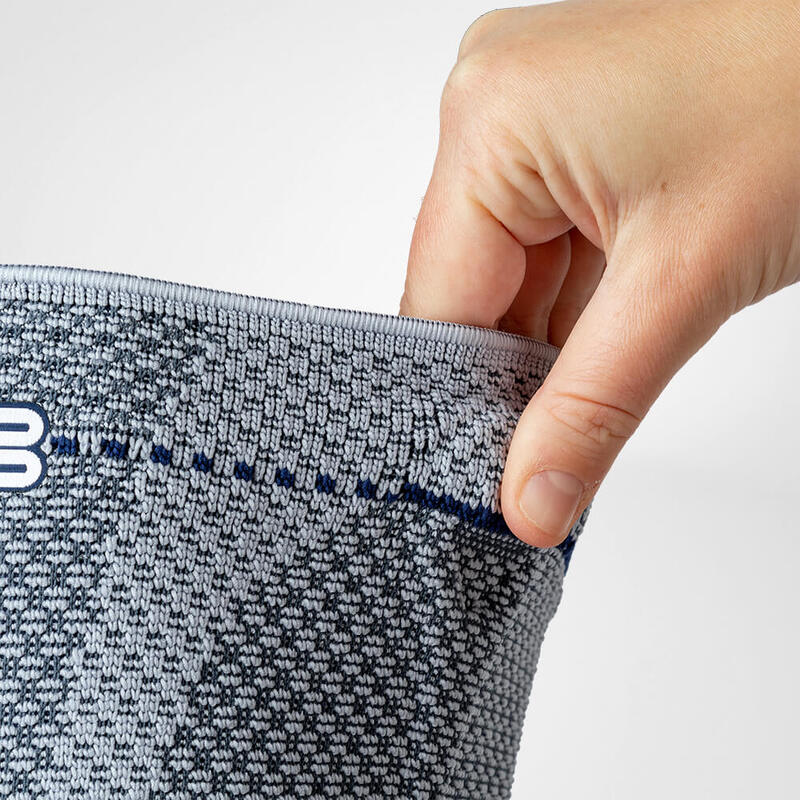Unlock the Power of Recovery
No Recovery, No Success
How do I successfully prepare for a marathon? Without a doubt, regular training sessions and the motivation to really torture yourself every now and then are important. But that alone will not help you to achieve your goal. The rest and recovery phases in between are just as important.

Why is recovery so important for marathon training?
The principle of supercompensation states that your body doesn’t just restore your original performance level as part of the regeneration process after training, but actually improves it and maintains it at this new level for a while. Figuratively speaking, you’re climbing another step. This remarkable effect largely depends on the duration of your recovery: if it’s too long, your body returns to the previous, lower performance level. So you’re staying on the current step. If the recovery is too short, you’re at risk of “overtraining”, meaning you may even cause harm to yourself and you go down a step.
So the question is: how much recovery should you plan to ensure your performance improves, based on overcompensation? You may have guessed: this question can’t be answered easily and there’s no general rule for everybody. The correct recovery time depends on the following:
- The intensity of your training
- The type/intensity of your recovery (e.g. active or passive)
- The level of your training
- Your genetics
Use the cool-down phase for optimized regeneration
After every intense training session where your heart rate is really driven up and the lactate concentration is increased in your muscles, a cool-down is your first important action in the recovery process. To “warm down”, as it’s also sometimes known, we recommend 10 minutes of continuing at the slowest running speed after completing the actual training distance. This improves blood flow in the muscle tissue and promotes a faster breakdown of lactate in the muscles. Based on 10 minutes of subsequent effort, lactate concentration in the blood is reduced by 1 to 2 mmol/L faster than at rest. In combination with compression products, the cool down is a very effective method for initial muscle recovery.
Stretching and More

When we talk about cooling down, stretching cannot be omitted. Even if hard-working runners just want to go back home and have a shower when the “work” is done, it makes a lot of sense to allow yourself a few minutes to stretch. In our guide to Marathon Training Drills, we have summarized the most important exercises for you.
Relaxation and Variety for the Muscles
Fascia Training - “Fasciae” have been a recurring topic in the context of fitness as well as endurance training. If you haven’t heard about them: fasciae are soft tissue components of the body’s connective tissue and together with muscles, ligaments and tendons they are responsible for the movement of the joints. For runners, fascia training is all about letting the muscles work more efficiently, reducing recovery time and protecting themselves more effectively from aches and injuries. If you’re not lucky enough to get regular professional massages, you can loosen little adhesions in your connective tissue with a fascia roll after training and stimulate circulation.
Variety is the key! - Running, running, running... It's obvious that this may lead to monotony and even frustration after a few weeks, physically as well as mentally. A good marathon training plan should also one day per week to focus on other sports. Ensure you deliberately use different muscle groups from running. Classic examples are swimming, yoga or cycling. Whatever you decide: these workouts should be carried out with low intensity in the “RECOM” range (about 65% of your maximum heart rate).
Hot and Cold
Since the legendary TV interview with German footballer Per Mertesacker at the 2014 World Cup, the ice tub has been quite well known as an effective recovery method. The cold narrows the blood vessels and minimizes blood circulation. After the end of the ice shock, there is increased blood flow in the vessels: the breakdown of waste products is improved and inflammatory reactions to micro-injuries in the tissue are blocked. At home, you can create this effect by showering your lower legs with cold water or by building your own ice “tub”: simply fill a bathtub with cold water (40-50 °F), adding ice cubes if you like. It’s enough if the water just covers your legs. Keep your legs in the water for a minimum of four and a maximum of seven minutes.
Going to a sauna or having a hot bath has a similar effect. Whether hot or cold (or a mixture of the two) after a tough training session is a matter of personal preference. Just try for yourself to see what benefits you most.

Sleep
Sleep is the epitome of rejuvenating and “recharging”. It allows our body to use extremely effective processes that contribute to “active” recovery. During sleep, our immune system recovers best, the human growth hormone (HGH or somatropin) is particularly active and – especially important for runners – our protein metabolism runs at full blast, helping the muscles to get back into action.
Diet
In recent years, a new industry has emerged around athletes’ diets, promoting “superfoods” like aronia berries, chia seeds, and spirulina as essential. However, a balanced marathon training diet can simply consist of fresh, nutritious foods—fruits, vegetables, salads, quark, whole grains, muesli, and nuts—with occasional treats like chocolate or wine in moderation. Key tips:
- Wait 2-3 hours after eating before training, or grab a banana or energy bar if running right after waking up.
- Post-run, eat a carb-focused meal (rice, pasta, potatoes) within 2 hours to replenish glycogen and aid recovery.
- For carb-loading, deplete glycogen with a speed run 5 days before the marathon, eat low-carb for 2 days, then reload with pasta or rice to boost stores via supercompensation.
- Test supplements, bars, or gels in training first—many are sugar-heavy and may upset your stomach or spike insulin briefly during a run.

Hydration
Staying hydrated is key to recovery, especially for endurance sports like marathon training. The body, 60-70% water, relies on it for metabolism, cardiovascular function, digestion, and nutrient transport. Without exercise, you lose about half a gallon daily through breathing, sweating, and waste—more during intense training. Dehydration risks headaches, fatigue, and cramps.
How much to drink?
- Before: 8-16 oz. to stay hydrated and reduce muscle issues.
- During: 16 oz. per hour if running over an hour, sipped in small amounts to avoid stitches. Adjust for weight, run length, temperature, and sweat rate.
- After: At least 20 oz. to replace fluids fast and aid recovery. Weigh yourself before and after (naked) to match the weight lost with fluid intake.
Water alone isn’t enough—you lose electrolytes (magnesium, potassium, sodium, calcium) critical for muscle and nerve function. Skip sugary, caffeinated, or alcoholic drinks. Opt for isotonic drinks, mineral-rich options, or a mix like apple juice with sparkling water or non-alcoholic beer.
After a marathon

And at some point, after months of deprivation and stress, you will have done it – the marathon is completed!
But what now? It’s simple: celebrate your achievements and take a break. You shouldn’t do any intense training for at least three weeks. Instead, ensure active recovery. You can do that by going on very gentle recovery runs. They will help to actively restore physical resources and need to be extremely leisurely (60 to 65% of your maximum heart rate and 60 to 90 seconds slower than the competitive marathon speed). You can also make use of all the recovery tips mentioned above – and a few weeks later, you can prepare for your next run with new power.
Protecting yourself from injuries like “runner’s knee”, muscle tears and ankle sprain should be an important factor in any runner’s training plan. In addition to a good stretch and warm-up routine, wearing a quality, medical-grade compression brace can give your body the oxygenating circulation and support to avoid common twists, pulls and tears.



